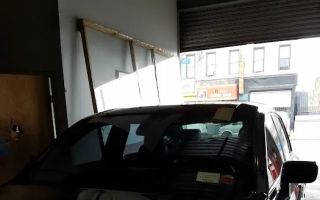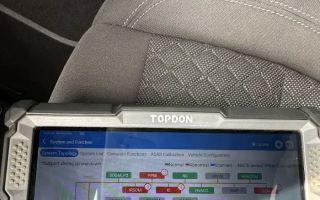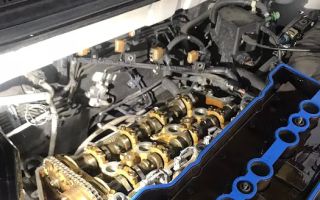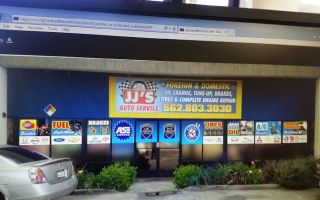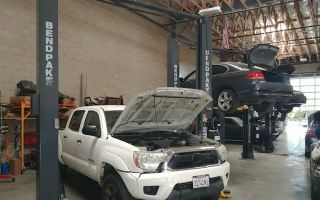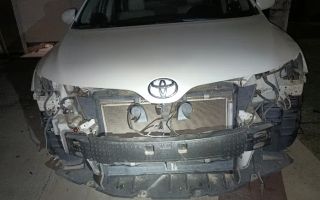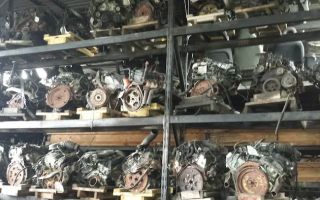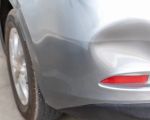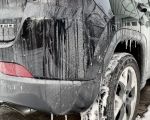What Causes a Flooded Car Engine?
Picture this: You're driving along, enjoying the day, and suddenly your car sputters and dies. You pull over, try to restart the engine, and it just won't start. It’s a frustrating moment, and often, the cause is a flooded engine. But what exactly does it mean when your car engine floods, and what steps can you take to resolve it? Let’s dive in and find out.

Pick Your Part - Help Yourself
1232 Blinn Ave, Wilmington, CA 90744, USA
Understanding a Flooded Engine
When a car engine floods, it typically means that too much fuel has entered the combustion chamber. This can happen if you’ve tried to start your car several times unsuccessfully, especially if you pressed the accelerator pedal too much during the starting attempt. A flooded engine is a common problem, and while it can seem like a major issue, it’s usually fixable with a bit of patience and some basic steps.

Pick Your Part - Greer
13054 E Wade Hampton Blvd, Greer, SC 29651, USA
Signs of a Flooded Engine
Before you start troubleshooting, it's important to confirm that your engine is indeed flooded. Here are a few telltale signs:
- The engine cranks but won’t start.
- You notice a strong smell of gasoline from the engine bay.
- The engine may sputter, trying to start but failing.
If you're experiencing any of these signs, your engine is likely flooded. But don't panic, the solution is often easier than you think.
Step-by-Step Guide to Fix a Flooded Car Engine
1. Turn Off the Car and Open the Hood
First things first, you need to stop trying to start the engine. Continuing to crank the car can flood the engine even more, so turn the ignition off. Then, pop the hood and check the engine for any obvious signs of issues, like leaking fuel or a damaged component. It’s important to make sure everything seems in order before you proceed.
2. Let the Car Sit
One of the easiest ways to let the engine clear is to give it some time. Allow your car to sit for 10 to 15 minutes. This gives the fuel in the combustion chamber a chance to evaporate. Sometimes, this simple step is all it takes for the engine to dry out enough to start again.
3. Try Starting the Engine Again
After waiting a few minutes, try starting the car again. Be sure to press the gas pedal gently. If the engine still doesn’t start, you may need to take additional steps, such as engaging the starter motor for a longer period of time.
4. Try the "Clear Flooding" Method
Another method to help clear a flooded engine is known as the “clear flooding” method. This involves pressing the gas pedal all the way to the floor while turning the key to the start position. This allows the car's engine control module to cut the fuel supply, helping clear the excess fuel from the cylinders. Hold the pedal down for a few seconds, then release it, and try starting the engine again.
5. Check the Spark Plugs
If your engine still won’t start after trying the previous methods, the issue could be with your spark plugs. If the spark plugs are too wet or dirty from the flooding, they might not be able to create the spark necessary for ignition. In this case, removing and cleaning or replacing the spark plugs may solve the problem. Be sure to follow your car’s manual for how to remove and clean the plugs.
6. Let a Professional Take Over
If none of the above steps work, it might be time to call in a professional mechanic. They can inspect your vehicle thoroughly, check the fuel injectors, and determine if there are any more severe issues at play, such as a malfunctioning fuel pump or a problem with the ignition system. It’s always best to let a professional handle the more complicated aspects of engine flooding.
How to Prevent a Flooded Engine in the Future
Now that you know how to fix a flooded engine, let’s talk about how to prevent it from happening again. Here are a few tips:
- Don’t pump the gas pedal too much: One of the main causes of a flooded engine is pressing the gas pedal too hard when trying to start the car. Avoid doing this, especially in cold weather.
- Make sure the car is properly maintained: Regularly check your car’s spark plugs, fuel injectors, and air filter to ensure that they are in good working condition. Keeping up with your car’s maintenance can help prevent engine flooding.
- Avoid over-cranking the engine: If the engine doesn’t start after a few cranks, stop trying. Over-cranking can flood the engine and make the situation worse.
Real-Life Example
Several years ago, a friend of mine, Mark, was on a road trip and found himself stranded in a remote area with a flooded engine. He tried to start the car multiple times, and it wouldn’t budge. Luckily, he had read about the “clear flooding” method online and decided to give it a shot. After pressing the gas pedal down while turning the ignition, the car miraculously started! It was a real-life example of how following simple steps can save you in a tough situation.
So, if your car's engine floods, don’t stress. With a little patience and the right approach, you’ll likely get back on the road in no time.


